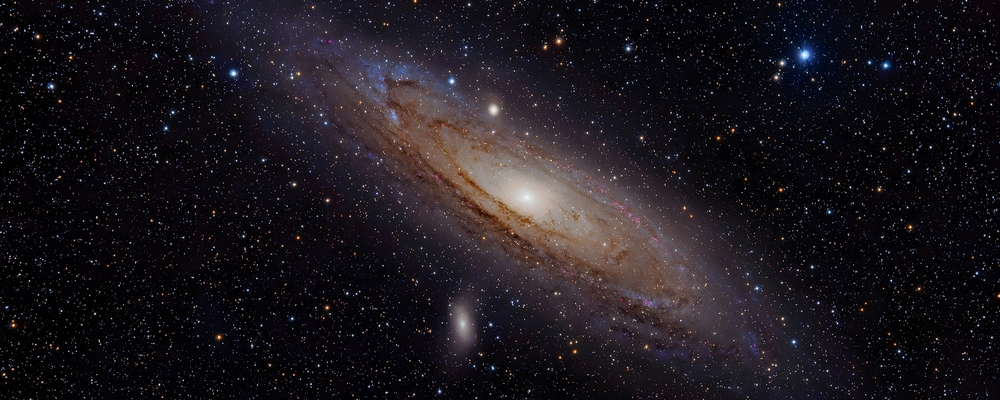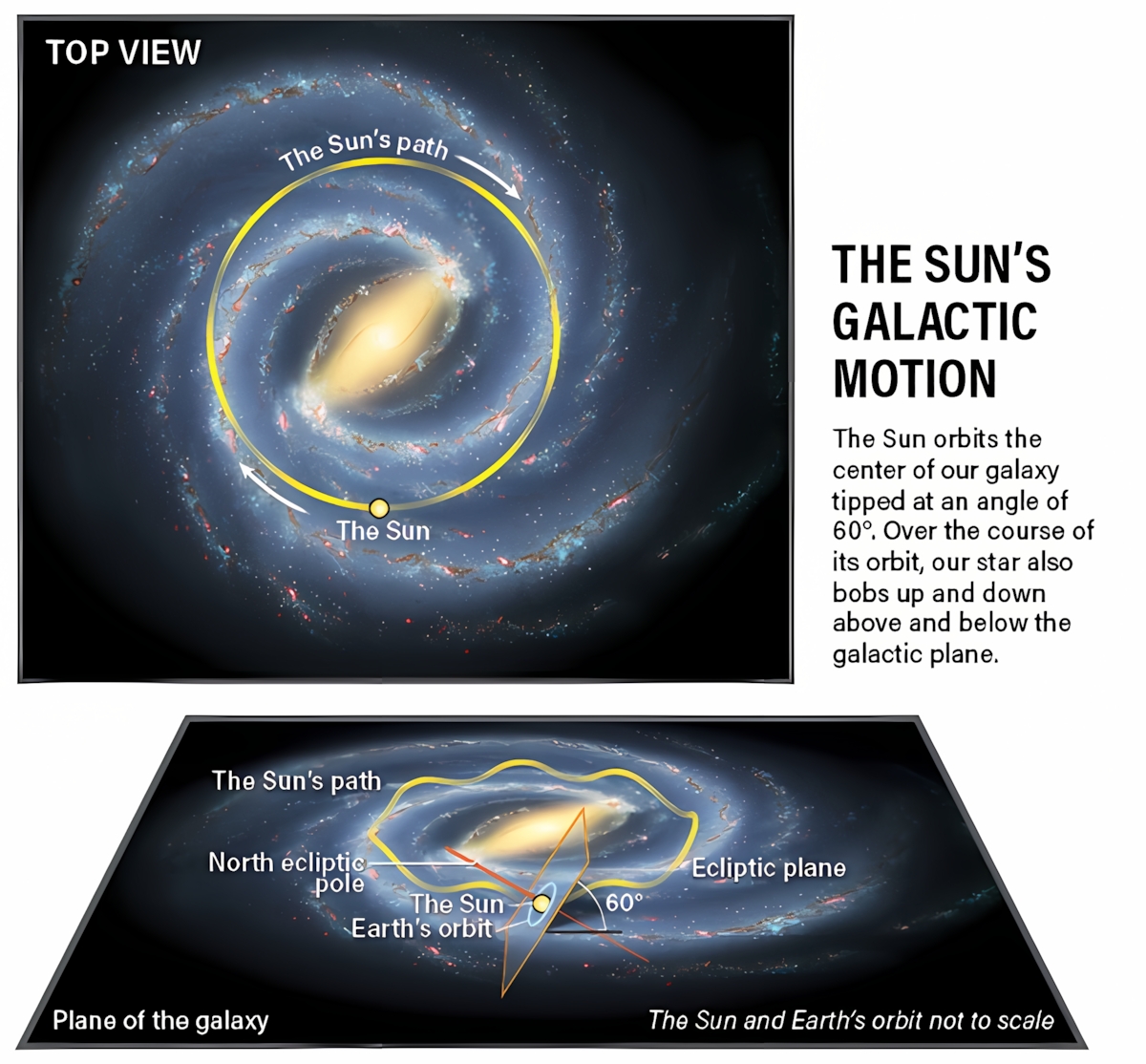Conspiracy theories about space exploration in general

Challenger crew members did not die
I’d like to start this paragraph with a thought for the victims and their families, and regret that the loss of these people can be used by conspiracy theorists.
This tragedy is often used by conspiracy theorists with an image that contains the photo of the seven victims as well as photos of 7 people more or less resembling them, with the same name and still alive.
This theory has been properly debunked in the following article:

(Copy : https://web.archive.org/web/20230415200252/https://www.snopes.com/fact-check/challenger-crew-alive/)
There are no stars in space photos
The majority of photographs taken in space contain no stars, and for an extremely simple reason that any amateur photographer knows: light!
To take photos of objects in space, you need to set your camera to a very short exposure time (i.e. the time during which the camera will capture light), otherwise the subject will be overexposed. As the exposure time is very short, the starlight is too weak to be captured by the camera, so no stars are visible.
If you’re “exposed” to the sun, it’s like taking a photo in broad daylight on Earth: there won’t be any stars!
This is something you can experience on Earth with an SLR camera, for example: set the exposure time to the minimum and photograph the sky at night: it’s highly unlikely that you’ll see any stars in the photo…
Having said that, it’s perfectly possible to have stars in photos taken in space, provided the photographer wanted to photograph stars and he did it… at night! It’s as simple as that.
/Voie%20lactee%20(Milky%20Way)/Notre%20systeme%20solaire%20(Our%20Solar%20System)/TERRE%20(EARTH)/International%20Space%20Station/Thomas%20Pesquet/Mission%20Alpha%20(2021)/51652825102_-_Stars.jpg)
Stars do not move in time (heliocentric model and movement of the solar system in the galaxy).
This phrase is often used to assert that the heliocentric model is wrong and/or that our solar system cannot move at such a speed (828,000km/h) without the position of the stars changing.
This error generally stems from two misunderstandings on the part of conspiracy theorists:
- The stars move, but this is not perceptible on a human scale.
- The stars are at distances that are hard to imagine.

See the full video here
The motion of our solar system is therefore the same as that shown in the animation above.
Stars move, that’s a fact, but they are so far away from us that their movements are difficult to perceive on a human scale. These changes were first discovered in the 18th century by Edmond Halley, who compared the stellar catalogues of his time with a catalogue compiled by the astronomer Hipparchus some two thousand years earlier.
If we wanted to draw an analogy, it would be like standing on the side of the motorway and a car passes in front of you at 130km/h: you’ll see the car go by very quickly and you won’t see it for long. Now if you stand several kilometres away, you’ll get the impression that the car is moving very slowly, and you’ll see it for much longer.
Now imagine this for a star at an astronomical distance… To compare, the nearest star to us is Proxima Centauri, 40,208 billion kilometres away…

If you would like to find out more about the movement of stars, I invite you to read this excellent article by the ESA :

Comments are closed.


